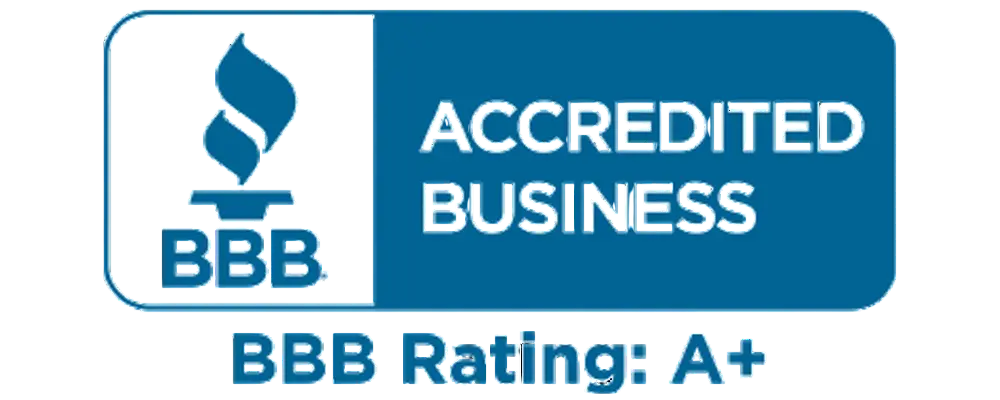Download free PDF
HVDC Cables Market Size - By Voltage, By Installation, By Application, Analysis, Share & Growth Forecast, 2025 - 2034
Report ID: GMI3510
|
Published Date: August 2025
|
Report Format: PDF
Download Free PDF
Authors: Ankit Gupta, Shashank Sisodia



Premium Report Details
Base Year: 2024
Companies covered: 20
Tables & Figures: 47
Countries covered: 16
Pages: 151
Download Free PDF

HVDC Cables Market
Get a free sample of this report
Get a free sample of this report HVDC Cables Market
Is your requirement urgent? Please give us your business email
for a speedy delivery!





HVDC Cables Market Size
The global HVDC cables market was valued at USD 9.6 billion in 2024. The market is expected to grow from USD 9.7 billion in 2025 to USD 59.9 billion by 2034, at a CAGR of 24.3%.
14% market share
Collective market share in 2024 is 30%
HVDC Cables Market Trends
HVDC Cables Market Analysis
HVDC Cables Market Share
HVDC Cables Market Companies
Some of the key players operating across the HVDC cables industry are:
HVDC Cables Market News
This HVDC cables market research report includes in-depth coverage of the industry with estimates & forecasts in terms of revenue (USD Billion) & volume (km) from 2025 to 2034, for the following segments:
Click here to Buy Section of this Report
Market, By Voltage
Market, By Installation
Market, By Application
The above information has been provided for the following regions and countries: